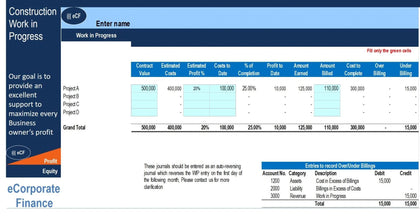PaaS (Product-as-a-Service): 5-Year Financial Model: DCF Analysis and Pricing Strategy
Latest Updates: monthly and annual three statement model added as well as a capitalization table.
Video Tutorial:
This financial model was designed to fit a business that is selling some sort of tangible product (like an electronic device or an equipment device or what have you) and then attaching a recurring revenue service that can be used through the device. This is a product-as-a-service or PaaS strategy. Some organizations are focused on the MRR service while others are focused on margins of the product and the service is just an add-on feature that adds value to the product itself.
No matter what strategy you are taking, this template lets the user test out various pricing, sales, growth, and margin assumptions in order to create a 5-year forecast of expected revenues, expenses, and cash flow.
The user can define the following for production assumptions:
cost per unit breakdown
total units produced per year
units per load and estimated shipping / freight cost per shipment
expected percentage of produced units that get sold
desired profit margin (defines price as the direct cost of goods sold is an input)
percentage of units sold per month in each of the five years to account for seasonality
In this model, the units produced / sold will directly impact the number of recurring service sign ups that happen. The input is a definable percentage of units sold that will convert to the recurring service. That service can have up to three pricing tiers, each with their own churn rate.
After all assumptions are filled out, the output is a monthly and annual pro forma as well as a high level annual summary and cash distribution schedule. The distribution schedule accounts for any investor contributions and profit share. There is a DCF Analysis for owner equity, investor equity, and the project as a whole as well as IRR therein.
Plenty of visualizations were built in to show the results of all assumptions in a digestible way.

























































